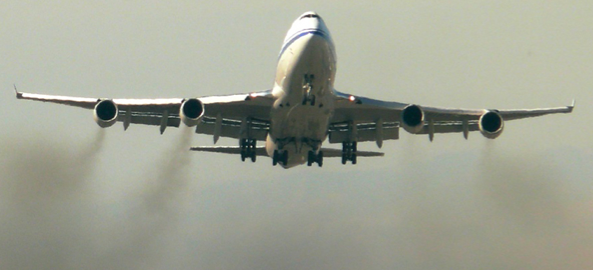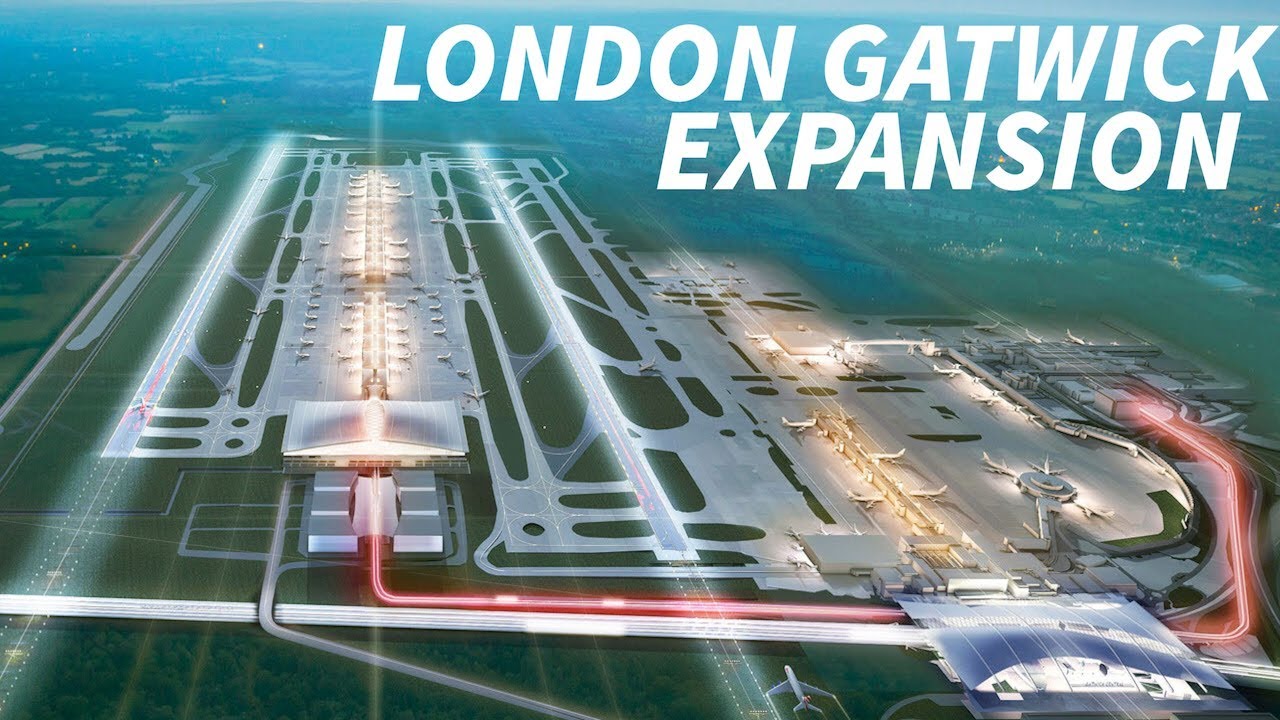Flying really is the elephant in the room when it comes to our personal carbon footprints. It contributes about 3% of total global annual emissions, but this figure is growing steadily and flying is one of the toughest nuts to crack in going carbon neutral. So we’re making flying the focus of our joint action for January, thanks to the suggestion of SECA member group CAGNE – Communities Against Gatwick Noise Emission.
We’re asking SECA member groups to get behind their campaign and pass the word to their members.
To provide an idea of the carbon released by flying, an average return plane flight from London to Paris would release 244kg of CO2; a train by comparison would release 22kg of CO2 per passenger. A return trip to New York contributes 1.8 tonnes, whereas a round trip to Sydney emits a whopping 6.1 tonnes.
Carbon-offsetting schemes can make people feel better about their ‘flight-shame’ but are they really all they are cracked up to be? To allow aviation growth the industry offers investment in environmental schemes such as the planting of trees in other countries. As a rule of thumb, we would have to currently adopt 15 trees per ton of carbon as a conservative estimate, according to the Carbon Neutral website.
You can pay for carbon offsetting through a variety of specialist websites set up for the purpose. But what you pay varies depending where you go and what offsetting mechanism they use. As one example, Carbon Neutral charge £39 to offset a return trip to New York. With Norwegian Airlines the equivalent offsetting cost is £5.28. The first invests in tree planting and renewable energy projects around the world; the latter, which is handled by offsetting specialists CHOOOSE, relies on buying and retiring carbon credits on the international carbon market. Both are arguably better than nothing, but you need to dig quite deep to find what exactly you’re paying for.
The best way we can reduce your carbon footprint is by cutting the number of times we fly. This is why CAGNE has launched a ‘Pledge To Fly Less’ campaign. They aim to educate people about the carbon impact of flying, not demonise them, but allow them to make an informed decision to whether they fly or not.
 “We believe the future generations need to be educated so that they do not believe it is the ‘norm’ to catch a plane like a bus”, say CAGNE.
“We believe the future generations need to be educated so that they do not believe it is the ‘norm’ to catch a plane like a bus”, say CAGNE.
There’s more information on their website – pledgetoflyless.co.uk. If you sign the pledge you get email updates with reminders on practical steps you can take.
If you’d like to dig deeper into this, there’s a good article on Wikipedia about the Environmental Impact of Aviation
Gatwick Expansion
Gatwick Airport currently has plans to bring the emergency runway into regular use and become a 2 runway airport. This would add nearly one million tonnes of extra carbon a day; clearly unsustainable growth for us and the planet. An extra 90,000 flights and a further 28 million passengers could depart from Gatwick Airport by 2038 if current proposals go ahead. Gatwick argues this can all be done under ‘permitted development’ and without going through a full planning enquiry.
Can that really be true? Seems like someone forgot we are currently declaring a climate emergency. So what do we encourage our networks to do?
CAGNE are asking you to write to the Secretary of State for Transport. Please object on the ground of climate emergency, lack of road and rail access, decline in air quality, lack of affordable housing, healthcare, schools and amenities.
The postal address is: Secretary of State for Transport, Great Minster House 33 Horseferry Road, London SW1P 4DR.
Please also email two of the senior civil servants responsible for aviation: Ian Elston Aviation Policy Director – ian.elston@dft.gsi.gov.uk and Tim May tim.may@dft.gsi.gov.uk
Thanks to CAGNE for suggesting this action. You can contact them at: http://cagne.org/ or cagnegatwick@gmail.com


